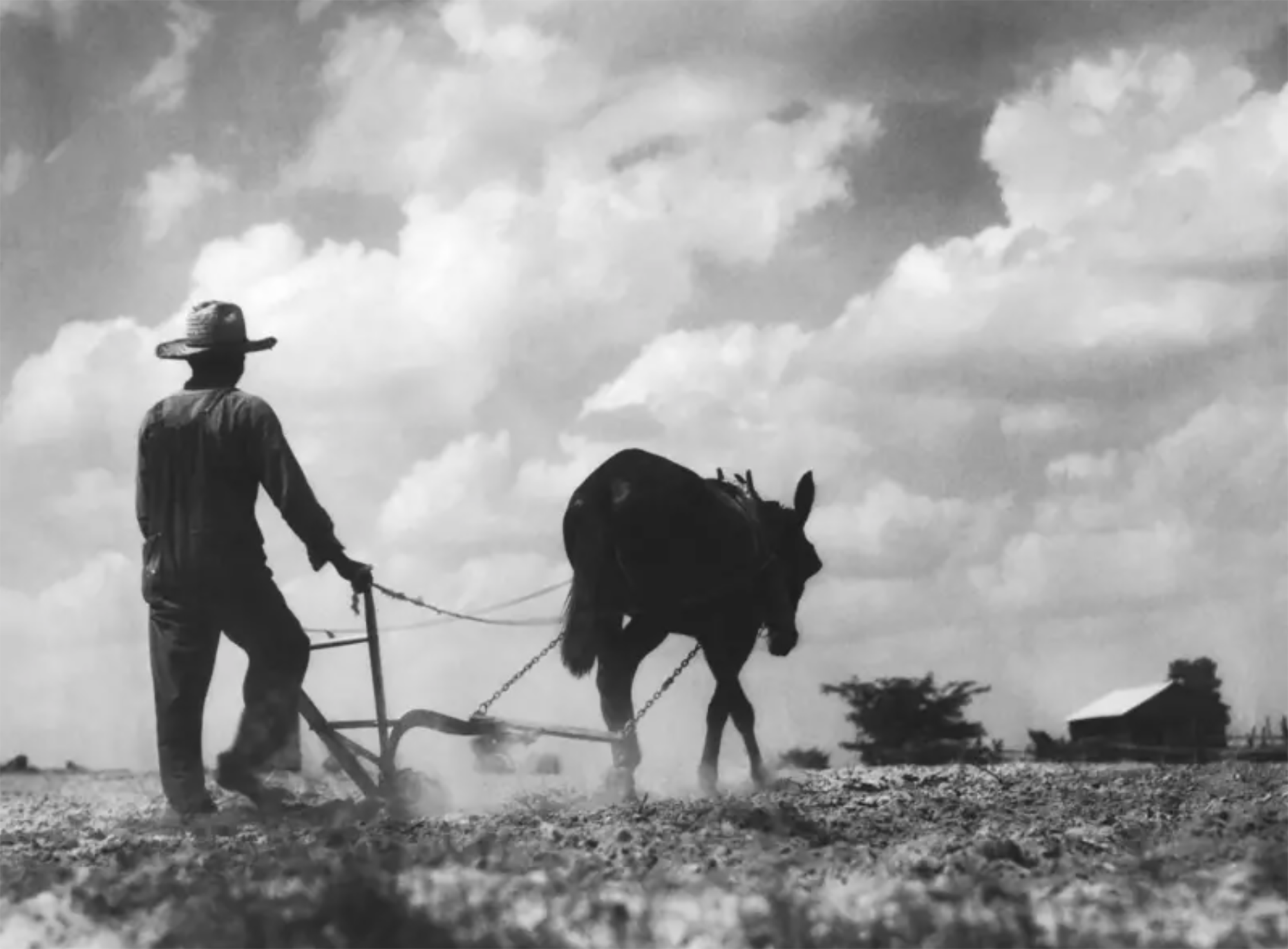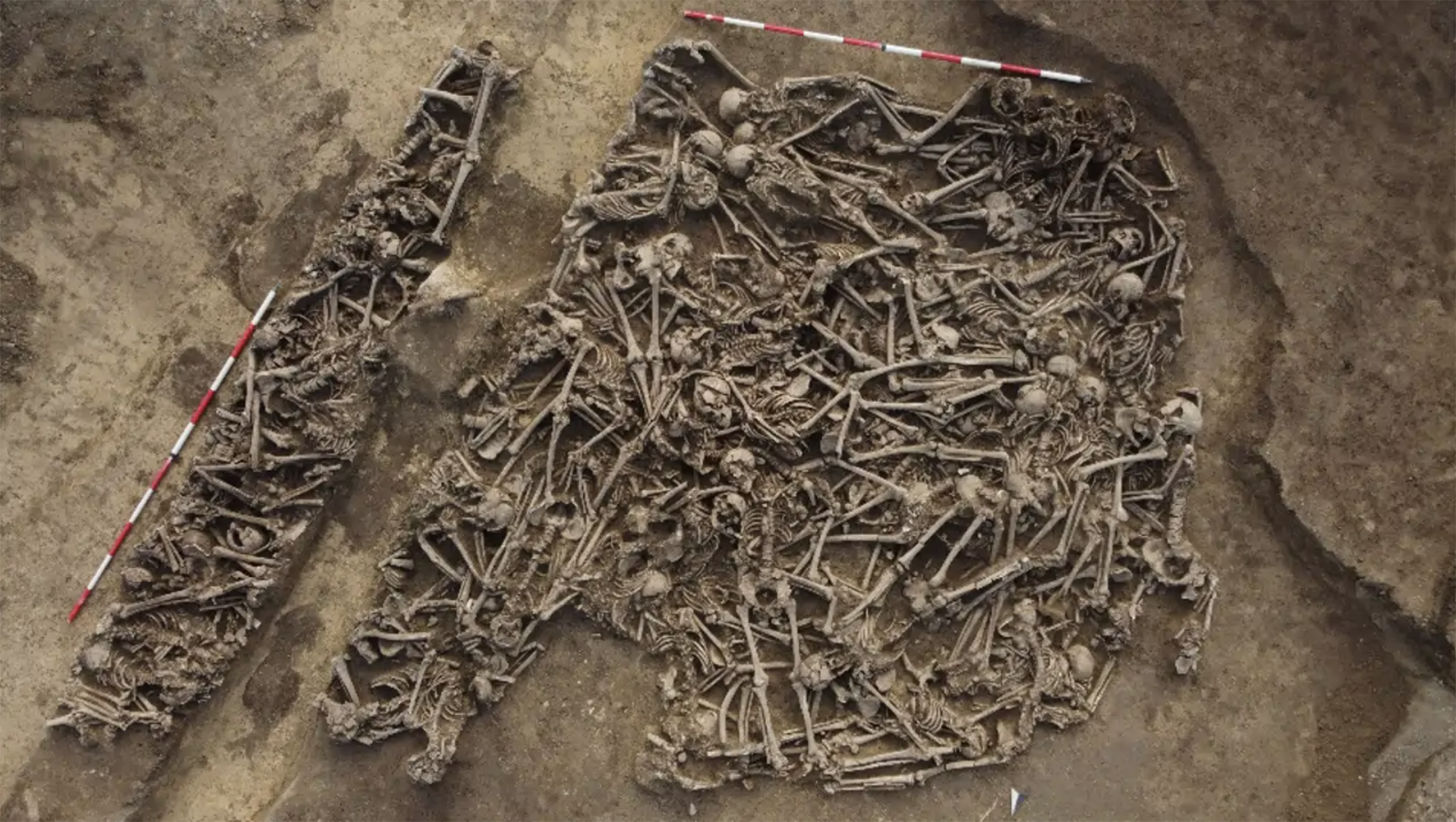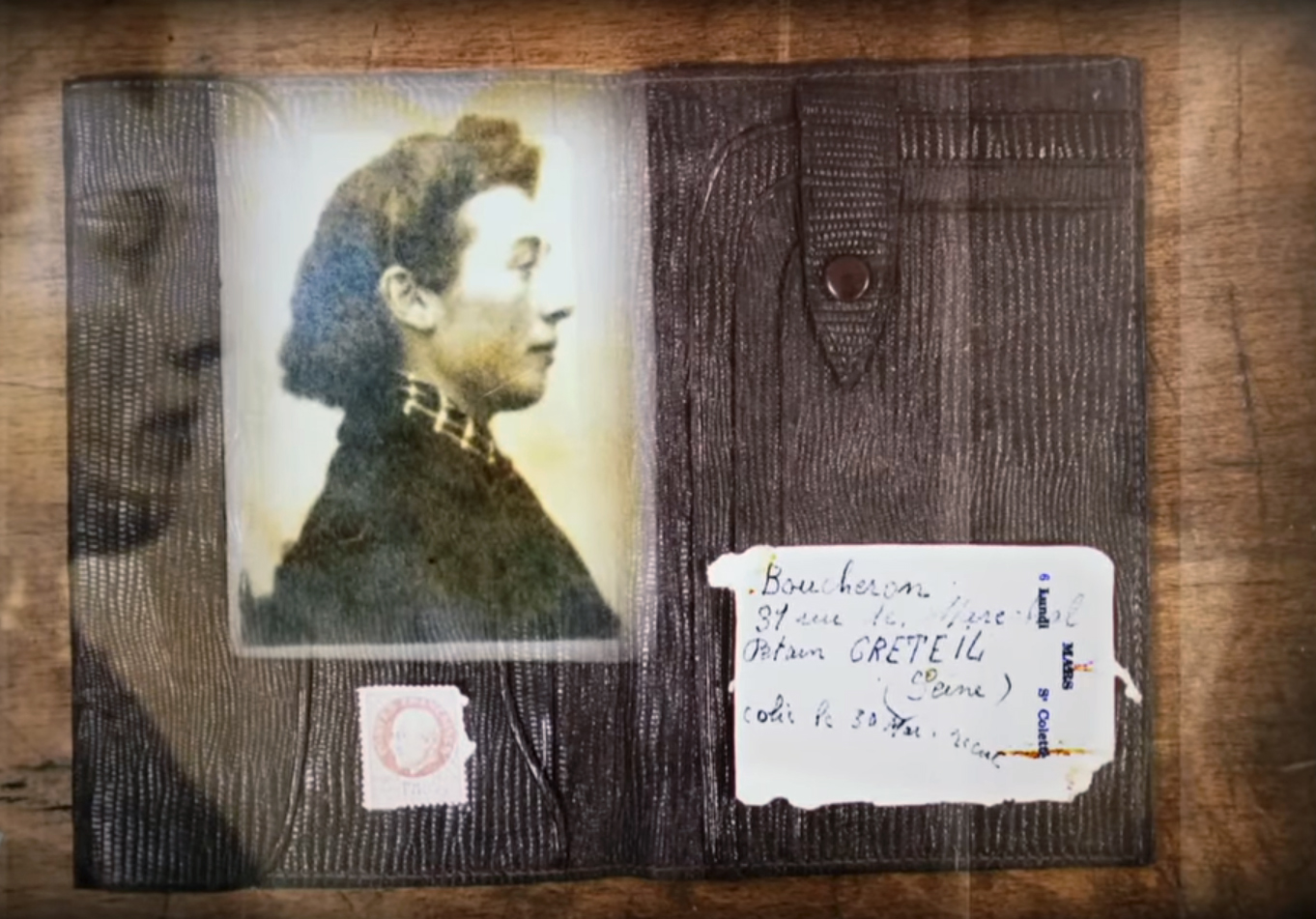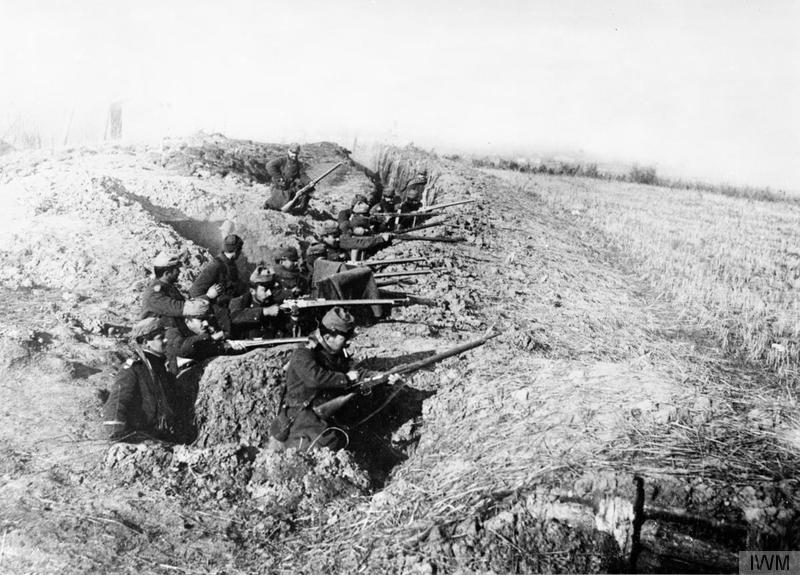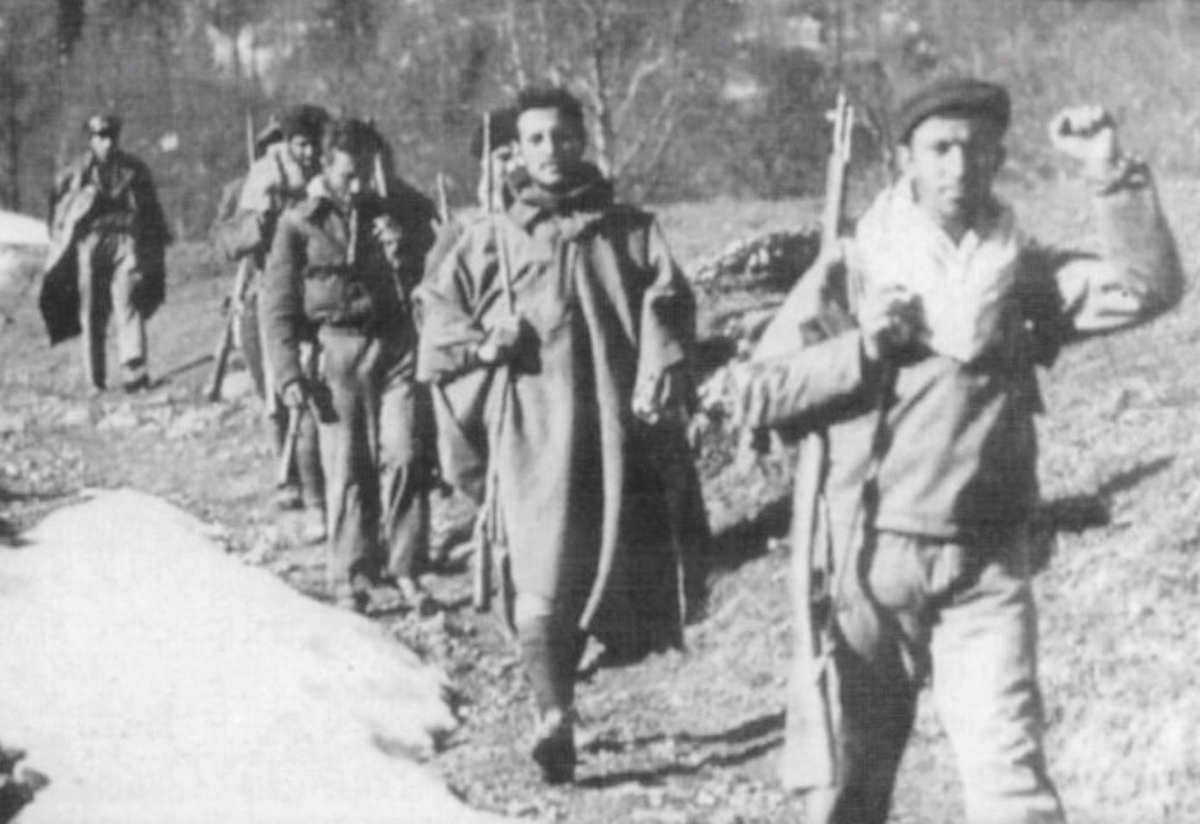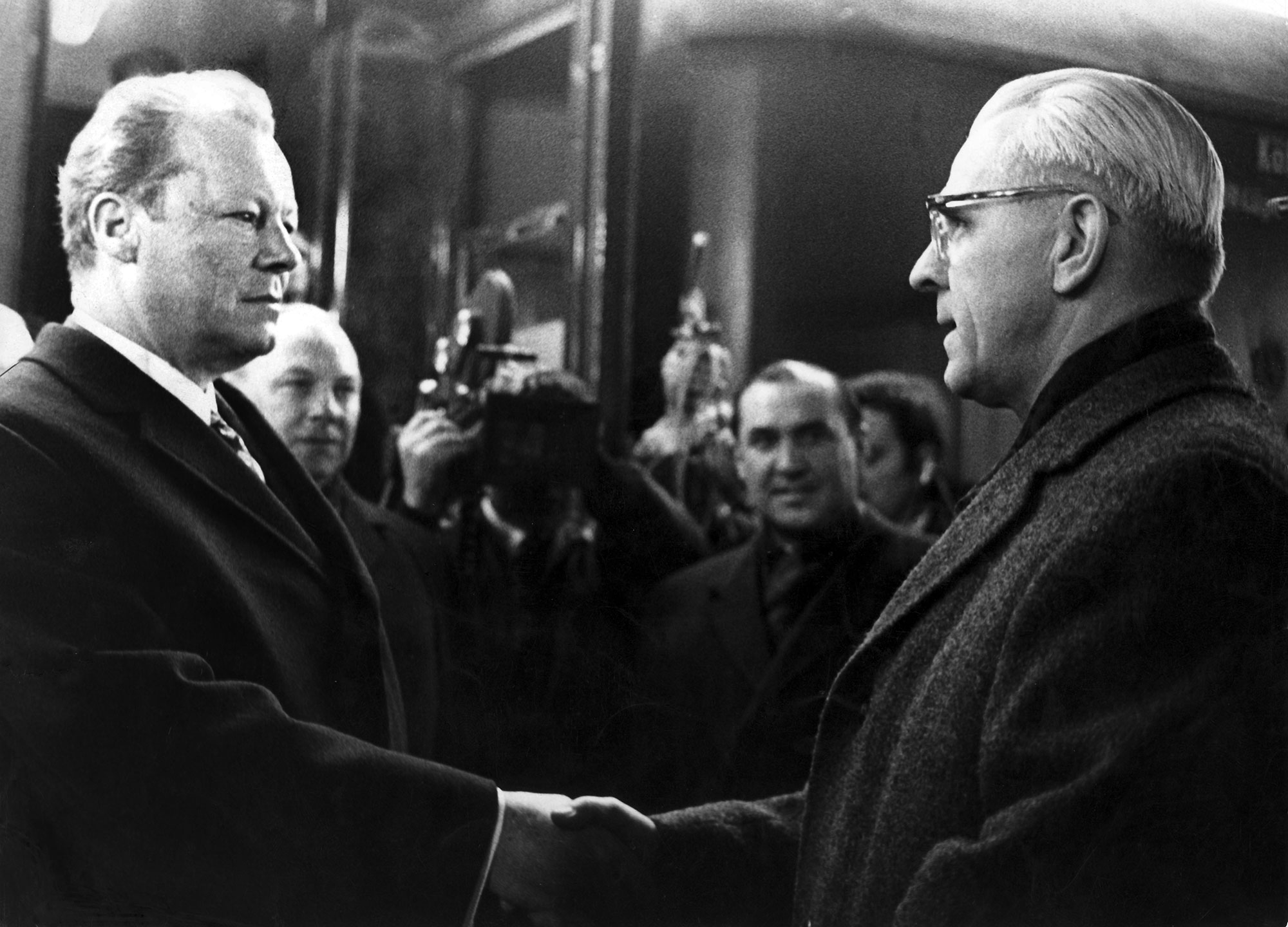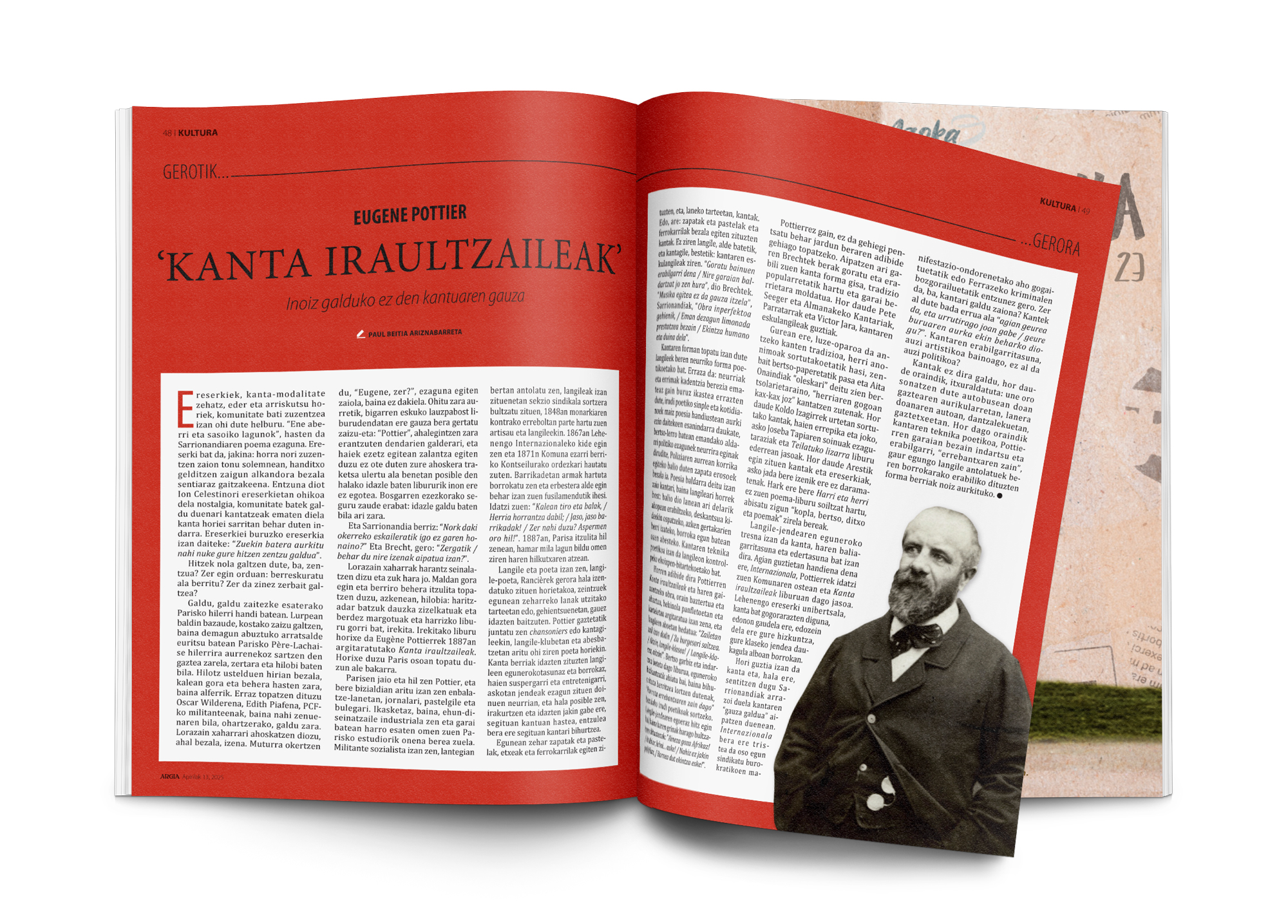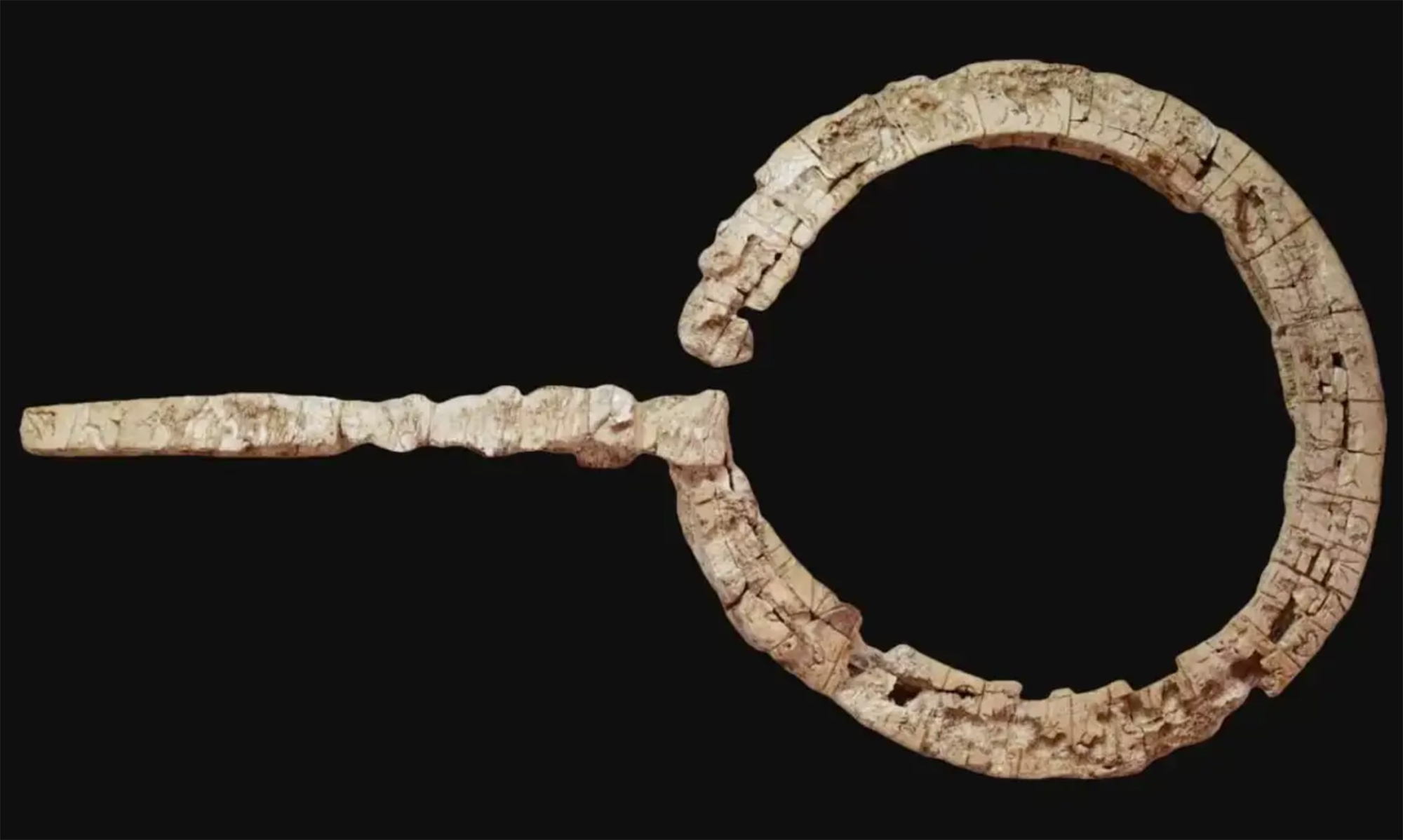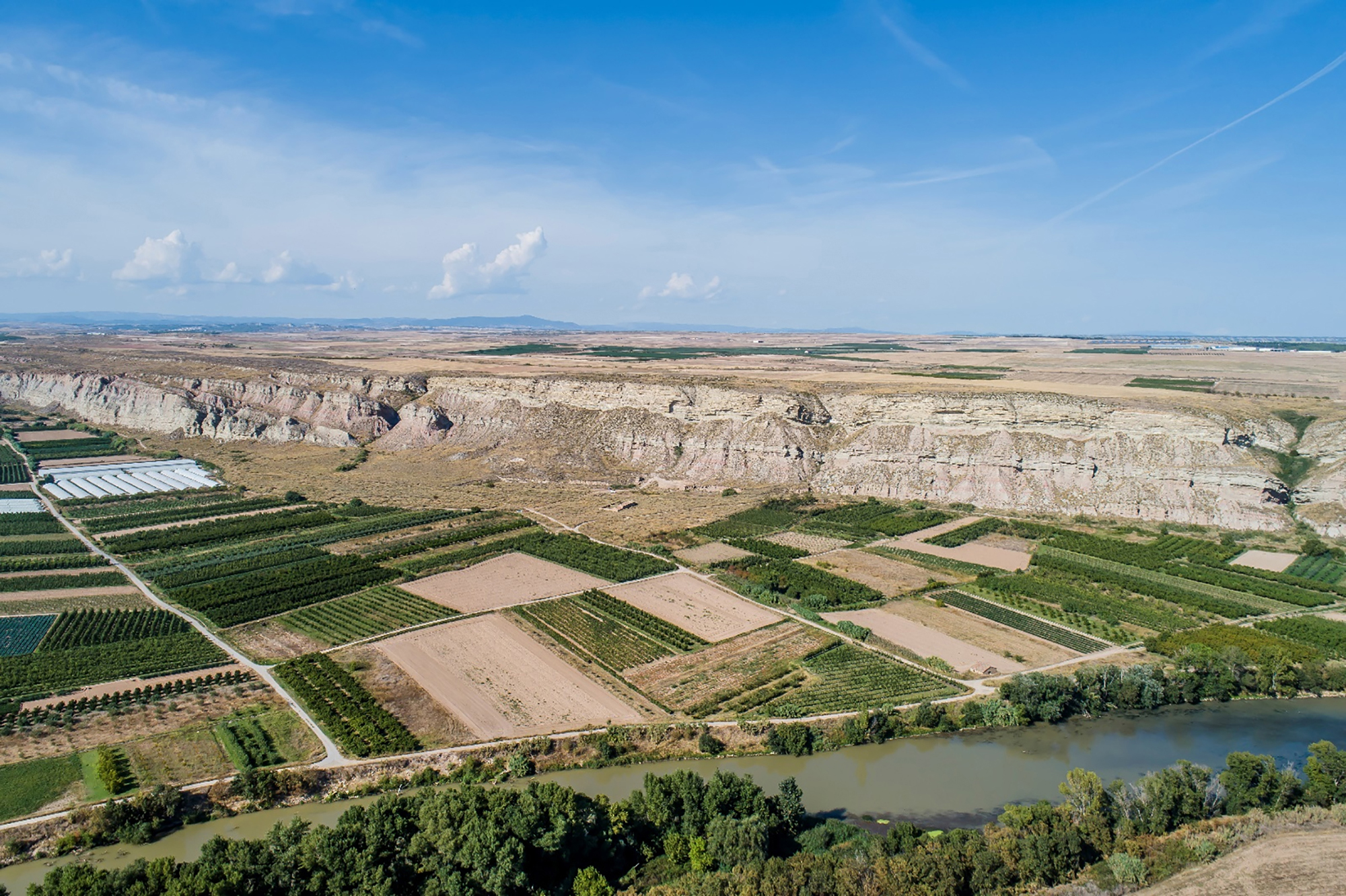The Duchess and the Town Cookie
- Born 23 January 1874. The great Duchess Maria Aleksandrovna, daughter of Tsar Alexander II of Russia, and Prince Alfred of England, Duke of Edinburgh, fourth son of Queen Victoria, married at the Winter Palace. Under the pretext of the wedding of the year, two English pastry shops, James Pee and George Hender Frean, prepared a new cookie and gave it the name of their Russian pretender: Marie biscuit.
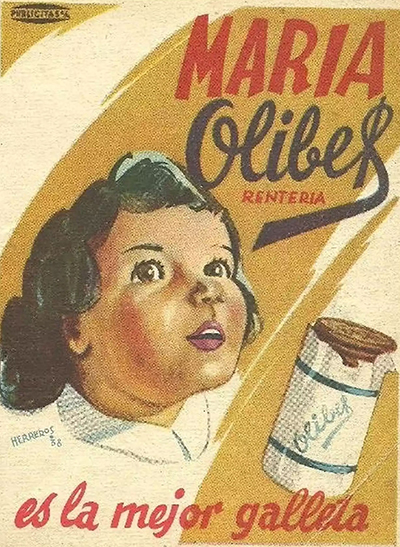
The new caramel was created specifically to be taken with tea of five, since until then the cookies they consumed daily had an unpleasant tendency to get wet and get rid of immediately. On the contrary, Peek, produced by the company Frean & Co, remained dignified and crisp in the sinks. The product was already ready before the wedding, but they needed good publicity to dazzle British consumers. It was not the first candy that had the name of a known person of the time; Queen Victoria, Prince Albert or Garibaldi also had their cookies. Thus, in relation to the real family, the product had an easier path in the British market, first, and later abroad.
An erroneous version of the origin of the Maria cookies has been extended for a long time: They were invented by Spanish Eugenio Fontaneda and gave them the name of his granddaughter Mary. But the first Maria cookies consumed in Spain were produced by Peek & Frean himself. However, imported biscuits were very expensive, 5.5 pesetas per kilo.
The first cookies María del Estado español were produced in Gipuzkoa, in the village of Olibet, in Errenteria. The factory, founded in 1886, had mechanical talers, laminators and the first chain furnaces of the State. So the price went down in half, to 2.5 pesetas a kilo, but it was still a luxury product. At least for the writer Juan Ramón Jiménez. Writer and linguist Zenobia Camprubi, in exile, wrote to editor Juan Guerrero Ruiz: “The biggest surprise J.R.rentzat would be the María Olibet cookies, which always consider them legendary and inaccessible.”
Later on, Artiach and Fontaneda, founded in Bilbao in 1907, began making Marías. But the real thrust of the biscuits, under the shelter of Franco, would occur after the end of the war of 36. In the 1950s, the overproduction of flour and sugar was destined for the dominant industry in Castilla-La Mancha, mainly Palencia, and the regime wanted to make María one of the symbols of economic recovery in Spain.
But the Maria phenomenon also spread to other countries, as the cost went down. They are currently produced in more than 40 countries in the world. And by surname, almost everyone has the name of the great duchess: Maria, Marie, Marietta, Mariya, Mariebon, Mariakaje, Mariekekekekekekekekekekekekeks...
Washington, D.C., June 17, 1930. The U.S. Congress passed the Tariff Act. It is also known as the Smoot-Hawley Act because it was promoted by Senator Reed Smoot and Representative Willis Hawley.
The law raised import tax limits for about 900 products by 40% to 60% in order to... [+]
During the renovation of a sports field in the Simmering district of Vienna, a mass grave with 150 bodies was discovered in October 2024. They conclude that they were Roman legionnaires and A.D. They died around 100 years ago. Or rather, they were killed.
The bodies were buried... [+]
My mother always says: “I never understood why World War I happened. It doesn't make any sense to him. He does not understand why the old European powers were involved in such barbarism and does not get into his head how they were persuaded to kill these young men from Europe,... [+]
Until now we have believed that those in charge of copying books during the Middle Ages and before the printing press was opened were men, specifically monks of monasteries.
But a group of researchers from the University of Bergen, Norway, concludes that women also worked as... [+]
Florentzia, 1886. Carlo Collodi Le avventure de Pinocchio eleberri ezagunaren egileak zera idatzi zuen pizzari buruz: “Labean txigortutako ogi orea, gainean eskura dagoen edozer gauzaz egindako saltsa duena”. Pizza hark “zikinkeria konplexu tankera” zuela... [+]
Ereserkiek, kanta-modalitate zehatz, eder eta arriskutsu horiek, komunitate bati zuzentzea izan ohi dute helburu. “Ene aberri eta sasoiko lagunok”, hasten da Sarrionandiaren poema ezaguna. Ereserki bat da, jakina: horra nori zuzentzen zaion tonu solemnean, handitxo... [+]
Linear A is a Minoan script used 4,800-4,500 years ago. Recently, in the famous Knossos Palace in Crete, a special ivory object has been discovered, which was probably used as a ceremonial scepter. The object has two inscriptions; one on the handle is shorter and, like most of... [+]
Londres, 1944. Dorothy izeneko emakume bati argazkiak atera zizkioten Waterloo zubian soldatze lanak egiten ari zela. Dorothyri buruz izena beste daturik ez daukagu, baina duela hamar urte arte hori ere ez genekien. Argazki sorta 2015ean topatu zuen Christine Wall... [+]











